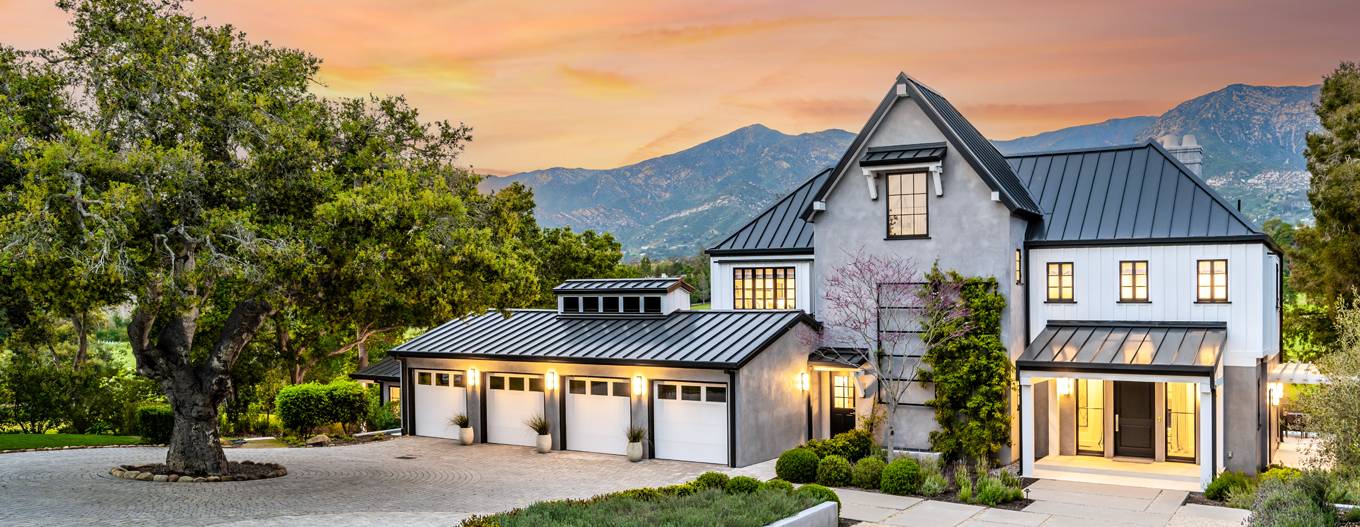Request a Quote for Bulk Orders
Request a Quote
for Bulk Orders


Barbed wire, also known as barb wire, bob wire and bobbed wire.
Barbed wire consists of two or more steel wires twisted together, with sharp barbs spaced at regular intervals. These barbs act as a deterrent against trespassers, ensuring safety and security for the enclosed area.
| SN | Materials & Specifications | |
|---|---|---|
| 1 | Wire Gauge | Common gauges: 12, 12.5, 14, or 16 gauge. |
| 2 | Barb Spacing | Standard spacing between barbs: 3 inches (75mm) to 6 inches (150mm). |
| 3 | Barb Length | Typical barb length: 13mm to 20mm. |
| 4 | Electro-Galvanized & PVC Coating | Light zinc coating for basic corrosion resistance. Adds a protective layer, extending wire life and improving aesthetics. |
Barbed wire is a versatile and reliable fencing material designed to provide security and boundary protection
These wires are equipped with sharp barbs that act as a strong deterrent against intruders, trespassers, and animals.
It is made from galvanized steel, stainless steel, or PVC-coated steel for long-lasting performance and extended service life.
Barbed wires are budget-friendly fencing solutions for securing large perimeters and require minimal maintenance.
These wires are built to withstand harsh weather conditions, such as wind, rain, and snow.
These wires are simple to install on fences, walls, or poles and can be quickly deployed for temporary or permanent setups
There high-tensile feature resist breaking, sagging, or deformation under stress, ensuring reliable performance over time.

Protects gardens from stray animals or unauthorized access and secures personal properties such as farms and ranches.

Secures factory premises, warehouses, storage yards and protects construction materials and equipment from theft or damage.

Holds cattle, sheep, and other farm animals within designated areas and keeps wild animals and trespassers away from cultivated fields

Serves as a quick and effective barrier during operations and prevents unauthorized crossings and enhances border security.

Prevents escape attempts and unauthorized entry into high-security areas and acts as an additional layer of protection over walls.

Safeguards sensitive areas like research facilities and wildlife reserves and ensures safety and controls access to restricted zones.
